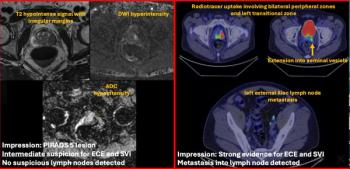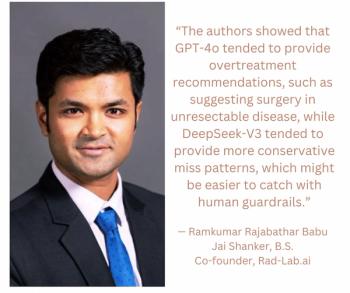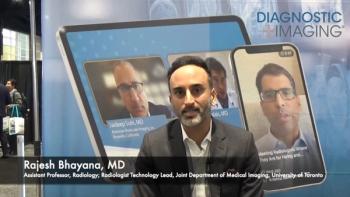
Ob/gyns endorse uterine artery embolization for fibroids
The American College of Obstetricians and Gynecologists has recommended uterine artery embolization as an alternative to hysterectomy in the management of leiomyomas, according to a statement published in its latest practice bulletin.
The American College of Obstetricians and Gynecologists has recommended uterine artery embolization as an alternative to hysterectomy in the management of leiomyomas, according to a statement published in its latest practice bulletin.
The August practice bulletin, "Alternatives to hysterectomy in the management of leiomyomas," cited UAE, also referred to as UFE, among Level A treatment alternatives. Both short- and long-term outcome data support the notion that UAE is a safe and effective therapy for appropriately selected patients who wish to avoid hysterectomy, according to the report.
The practice bulletin was published in the August issue of Obstetrics & Gynecology (2008 112:387-400).
The announcement should be significant news considering that each year nearly 250,000 women in the U.S. undergo hysterectomy to treat their fibroids, said Dr. John Kaufman, president of the Society of Interventional Radiology.
"This finding fully opens the door to women's choice," Kaufman said. "It will prompt gynecologists to discuss all treatment options for symptomatic uterine fibroids, including UFE, if they are not already doing so."
The ACOG practice bulletin compared UAE with other treatment methods and highlighted voluminous scientific research that establishes the procedure's effectiveness. The article notes that women who are interested in fibroid embolization should consult with an ob/gyn physician, in collaboration with an interventional radiologist, to ensure the treatment is appropriate and takes into account their reproductive wishes.
Women seeking treatment for their fibroids should be aware of all of their treatment options, Kaufman said.
"UFE may be one of those options, and the best way to determine this is for the woman and her gynecologist to consult with an interventional radiologist," he said.
For more information from the Diagnostic Imaging archives:
Newsletter
Stay at the forefront of radiology with the Diagnostic Imaging newsletter, delivering the latest news, clinical insights, and imaging advancements for today’s radiologists.




























